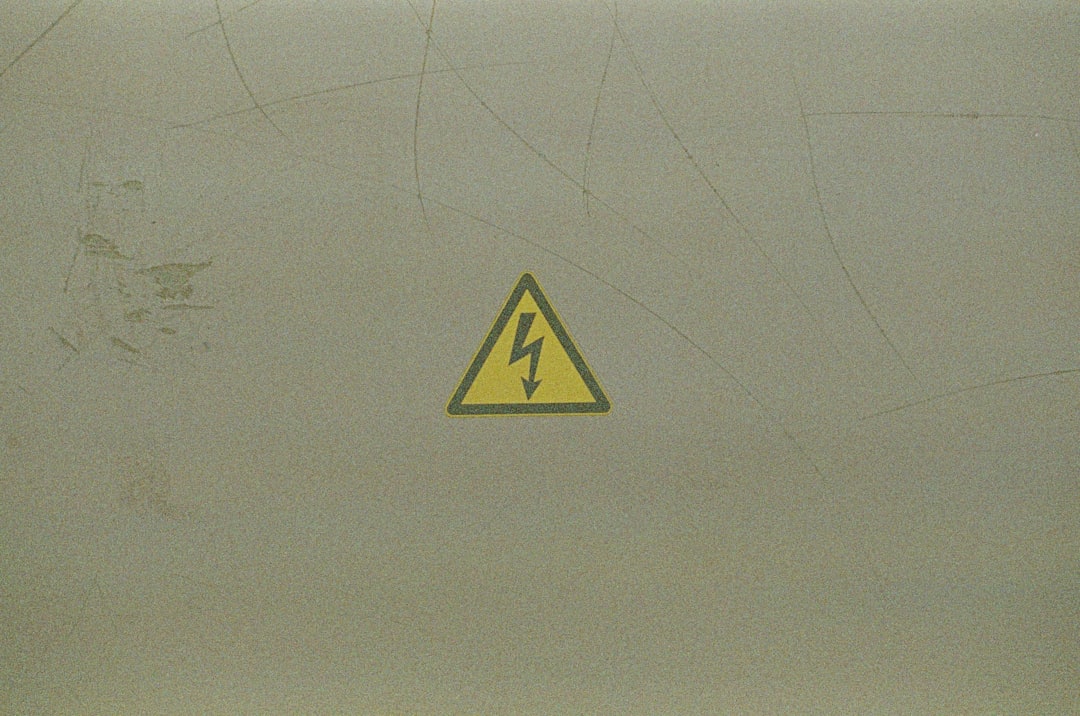All About TASERS
An introduction to the history, use, importance and limitations of the TASER.
The purpose of this article is in response to police critics who claim that some officer involved shootings can be avoided if only a TASER had been utilized. Sometimes that criticism is valid. Often times that criticism is based on a lack of knowledge of pol…
Keep reading with a 7-day free trial
Subscribe to Police Law Newsletter to keep reading this post and get 7 days of free access to the full post archives.



